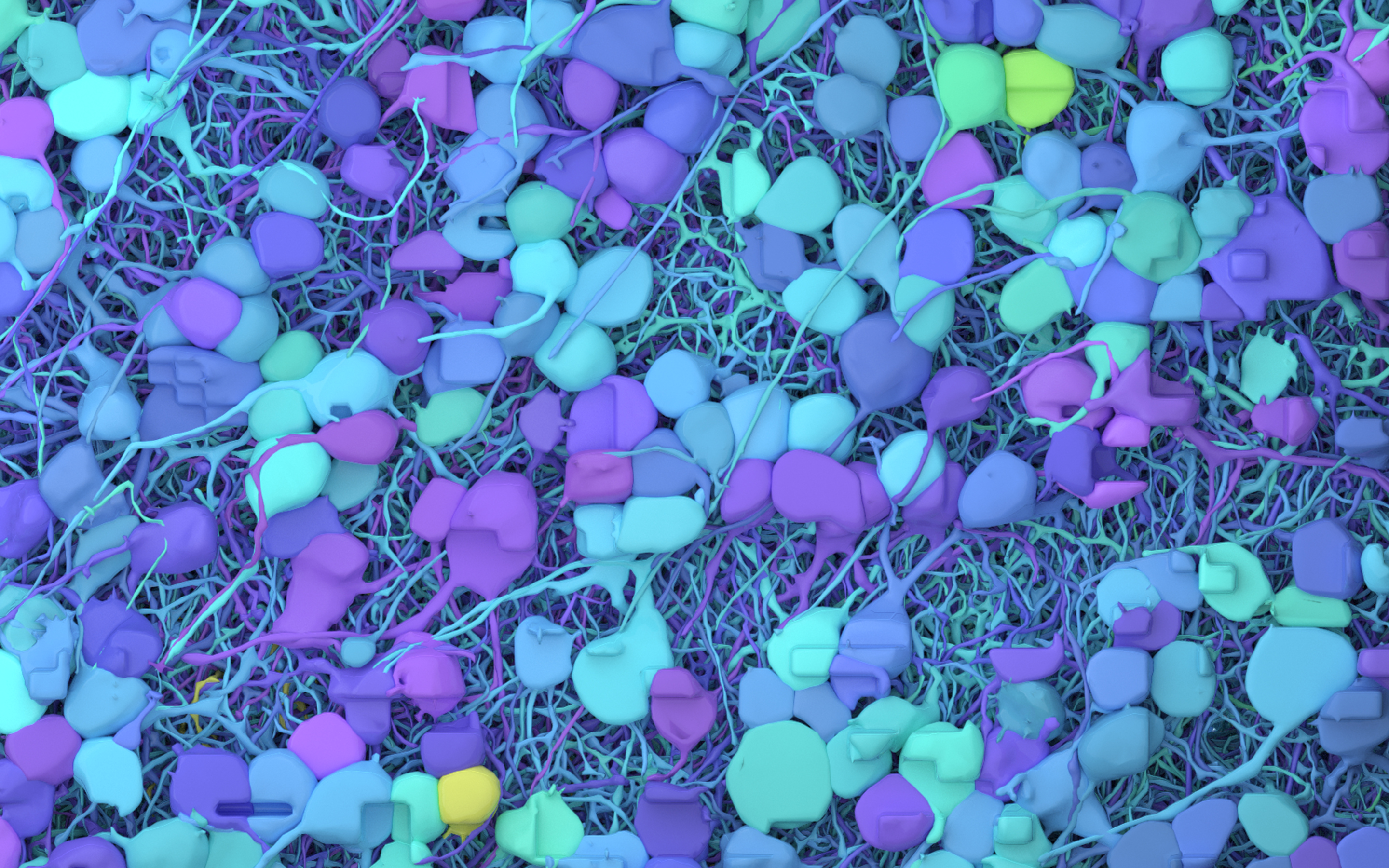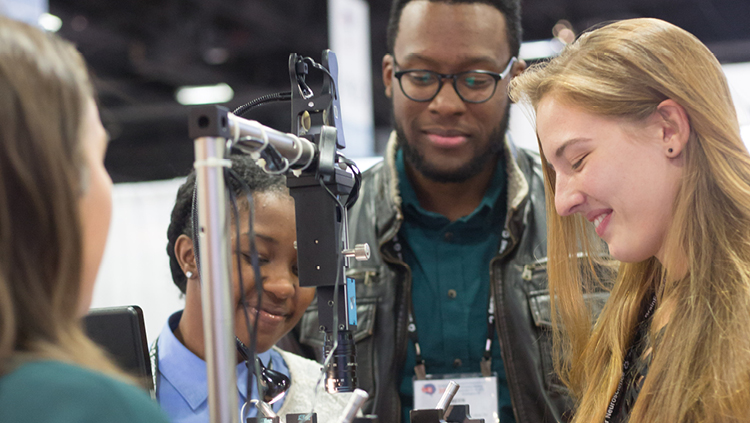
Message From the President
The global neuroscience community is collaborating now more than ever in pursuit of answers to some of the most complex questions about the brain of our time, predicated on a history of scientific discovery.

Science continues to advance regardless of geographic boundaries or political climates. Governments across the globe are organizing in recognition of the promise of neuroscience and biomedical research, while scientists are collaborating across borders on an unprecedented scale.
The formation of multinational brain initiatives driven by team science and data sets is evidence of the changing nature of scientific research, and the Society for Neuroscience, as a leader in the global scientific community, is facilitating connections among scientists in the international space. This annual report illustrates some of the ways in which SfN is promoting scientific diversity and creating opportunities for its nearly 36,000 members to acquire and share scientific knowledge, and to contribute to collaborations that collectively drive scientific progress.
CREATING OPPORTUNITIES TO SHARE SCIENCE
Neuroscience 2017 again provided a place for scientists of all backgrounds to present promising new research and to learn about the latest developments in the field on a global stage. More than 30,000 members of the global scientific community attended the annual meeting in Washington, D.C., which featured more than 900 sessions and 13,550 abstracts. Sessions focused on storytelling provided attendees with strategies for communicating about their science with the public, while attendees had the opportunity to share their science and to receive feedback on their work by presenting in poster sessions. In addition, digital interactives and encouraged use of social media helped attendees to connect with potential collaborators at the meeting.
This dedication to the future of the field extended to SfN’s journals JNeurosci, which strives to publish impactful and enduring studies, and eNeuro, which practices double blind review, consultation, and synthesis and has in the past year strengthened scientific rigor, added extended data, and improved the standard review process. Journal manuscripts are reviewed by working scientists across the globe. Those who publish with SfN’s journals have repeatedly reported a positive author experience that is enhanced through promotion to the press of accepted papers, resulting in author recognition and broader sharing of science in leading media outlets. All manuscripts published in both SfN journals are promoted through the Society’s Twitter account and other social media channels, resulting in greater exposure for the research, elevated awareness of the breadth of science that SfN journals publish, and expanded readerships that facilitate the sharing of science with a global audience.
INNOVATING PLATFORMS FOR LIFELONG LEARNING
SfN prioritized the scientific training and professional development needs of its members this year through the development of year-round digital training resources and expanded content on Neuronline, SfN’s home for learning and discussion. SfN’s first virtual conference, on glial cells, attracted a high number of registrants, as did its first hybrid Neuroscience Scholars Program conference, which examined how diversity advances science. The opening session of this conference was recorded and made widely available online.
Building on the success of these programs, the Society hosted three virtual conferences this year that invited top speakers from around the world and focused on scientific rigor, single cell genomics, and optogenetics. The Society also is planning a fourth virtual conference for early 2019 on methods to mitigate implicit bias. SfN’s virtual conferences are hosted on Neuronline, which experienced growth in its number of weekly published articles, including resources that highlight international collaborations.
SHARING THE STORIES OF NEUROSCIENCE
A redesigned BrainFacts.org made its debut in October 2017, taking an audience-centric approach to educating the public about topics in brain science. Narrative articles reveal how our nerve cells give rise to thoughts, perceptions, memories, emotions, and actions, while an innovative 3D brain model powered by the Wellcome Trust helps visitors to visualize brain structures and interactives illustrate Neuroscience Core Concepts. Additionally, the highly anticipated eighth edition of the Brain Facts book was completely refreshed and published in May 2018. Neuroscience Core Concepts also align with specific content throughout the book, adding to the complementary nature of these two public education resources. These resources, along with in-person outreach at conferences and events, help educators, policymakers, and the public to expand their knowledge of brain research and to make more informed decisions that affect the health and wellness of people around the world.
Not only have the new resources elevated the Society’s opportunities to share promising neuroscience research, but SfN member advocacy efforts also contributed to a coalition effort that resulted in a $3 billion increase in funding to NIH for FY 2018, a significant victory for all of biomedical research. SfN’s expanded advocacy programs included developing member advocate capacity in key grassroots areas and expanding longstanding partnerships with international neuroscience organizations such as the Federation of European Neuroscience Societies, the Canadian Association for Neuroscience, and the International Brain Research Organization. Op-eds contributed by SfN members were placed in newspapers around the U.S., increasing the visibility of neuroscience and biomedical research and underscoring the value of investment in basic research.
THANK YOU TO THE GLOBAL NEUROSCIENCE COMMUNITY
SfN members are lifelong learners, and this shared learning is what drives SfN members to work toward discoveries in their labs and to train the next generation of neuroscientists. I am grateful to all of our members for continuing to invest in our field and in the Society. We are indebted to this year’s volunteer leaders of SfN, who helped to guide new and existing programming that responds to the evolving needs of the field and that continue to strengthen our Society. I am honored to have had the opportunity to lead this strong and global community of neuroscientists, whose passion and curiosity inspire novel directions of research. By continuing to connect with our desire to know more about the brain and to collaborate on finding the answers to our questions, we will continue to move the field forward and drive scientific progress that will benefit humankind.
— Richard Huganir, SfN President, 2017-18






















